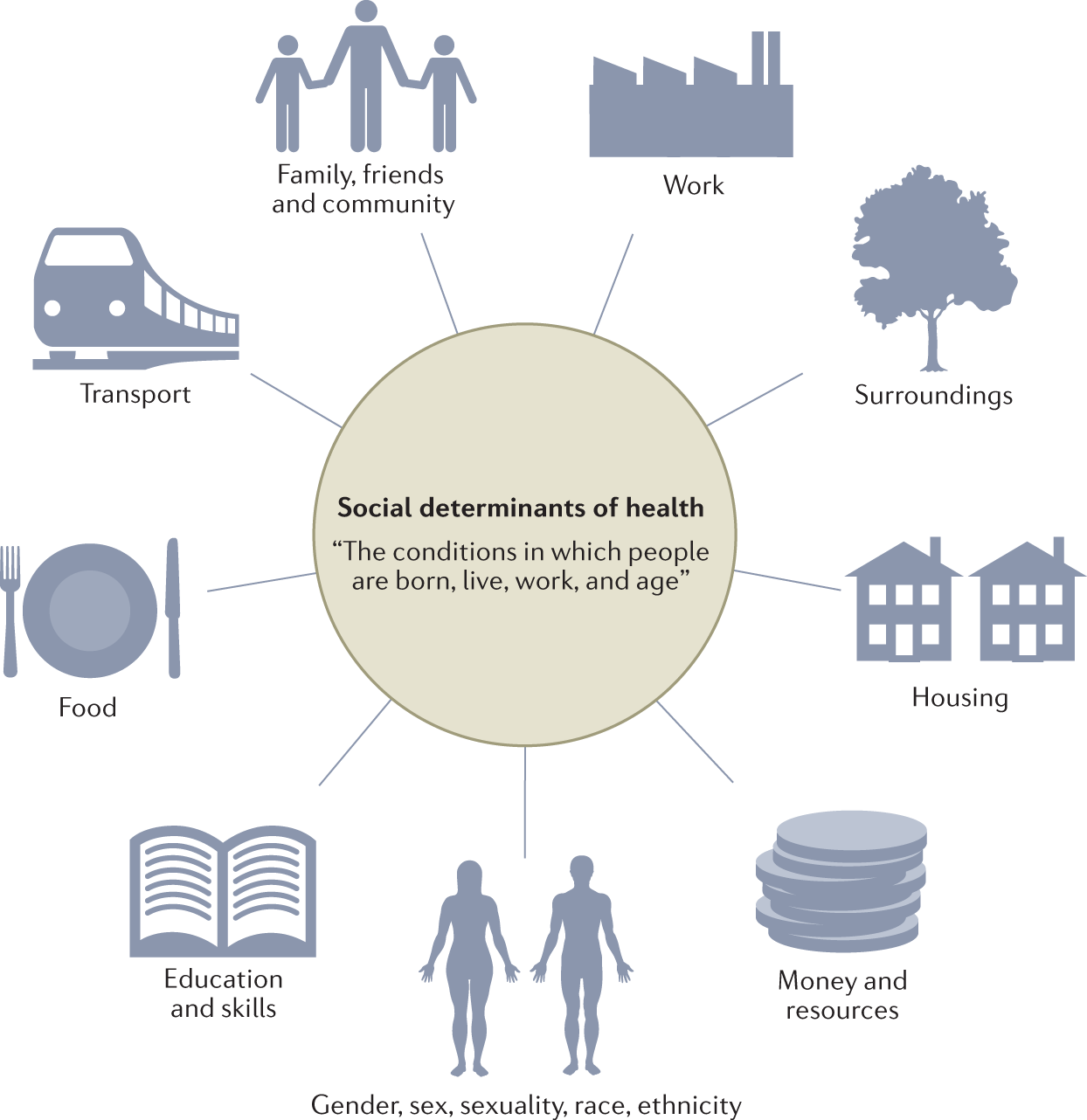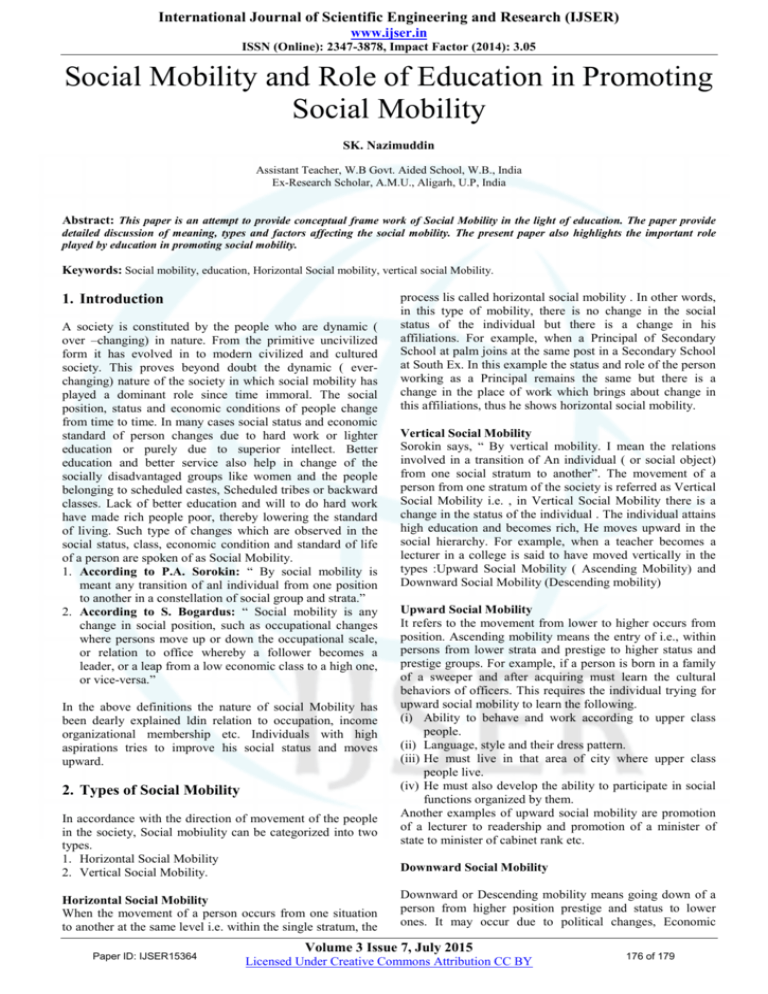Social mobility refers to the movement of individuals or groups within or between different positions in society. It can be upward, downward, or horizontal. Upward mobility refers to a movement to a higher social class or status, while downward mobility refers to a movement to a lower social class or status. Horizontal mobility refers to a movement within the same social class or status. There are various factors that can influence social mobility, and these can be grouped into three main categories: structural, cultural, and individual.
Structural factors refer to the economic and political systems that shape society and determine the opportunities available to individuals. These can include things like the level of economic development and inequality in a society, the availability of education and job training, and the effectiveness of the legal system in protecting individual rights.
Cultural factors refer to the values, beliefs, and behaviors that are prevalent in a society. These can include things like social norms, attitudes towards education and hard work, and family traditions. For example, in societies where education is highly valued and seen as a path to upward mobility, individuals who invest in their education may be more likely to achieve upward mobility. On the other hand, in societies where there are strong cultural barriers to upward mobility, such as discrimination based on race or gender, individuals may face significant challenges in achieving upward mobility.
Individual factors refer to the characteristics and choices of the individual seeking mobility. These can include things like education and job skills, personality traits, and personal goals. For example, an individual who has a strong work ethic and is willing to invest in their education and job training may be more likely to achieve upward mobility than someone who lacks these characteristics.
Overall, social mobility is influenced by a complex interplay of structural, cultural, and individual factors. These factors can work together to either facilitate or hinder mobility, depending on the specific circumstances of the individual seeking mobility. Understanding these factors can help policymakers and individuals to identify ways to improve mobility and create a more equitable society.
9 Important Factors That Influence Social Mobility

The type of political leadership and individuals in power also influence the rate and direction of social change. Changes in the attitudes towards dowry, caste system, female education, etc. Thoughts of Mahatma Gandhi, Karl Marx, etc. The degree to which mobility is possible is directly proportional to how equal a society is. Therefore, in such a society chances of mobility are very less because such a society remains within the bonds of caste and heredity. For example, immigrants typically have to pay higher fees at university than citizens.
Factors Influencing Social Mobility

Education, thus, places individuals at an advantageous spot on the social ladder. Some professions carry higher prestige in comparison to other professions. It is the process of equality of life opportunities, reflecting the extent to which parents influence the success of their children in later life or on the other hand the extent to which individuals can make it by virtue of their own talents, motivation and luck. This migration powerfully influences international mobility. Factors affecting Social Mobility The following factors influence social mobility- 1 Opportunity Structure:- Opportunity structure or structure of society powerfully influences the process of social mobility. Occupational Prestige: All the occupations in the society do not get the same respect. Apart from fair dealing for the purposes of private study, research, criticism or review, as permitted under the Copyright Act, no part may be reproduced by any process without written permission.
Social Mobility: Meaning, Types, Examples, Causes, Factors, Importance

There are three main groups in the society known as poor, middle and rich. Hence, if education is the great equalizer of the conditions of men, then the opposite also holds true: students who receive a poor education before graduating can end up on the wrong side of a lifelong gap in employment, earnings, even life expectancy. . Ideas and ideologies are powerful motivational factors for social change. Another external factor is being surrounded in a toxic environment. Indeed, in the 21st century, technology has completely and irreversibly changed the way people meet, interact, learn, work, play, travel, worship, and do business. What are the 4 stages of demographic transition? Legal Factors In the ancient and in the medieval periods, the state never issued any statutes or laws and the King had no power to promulgate a law.





